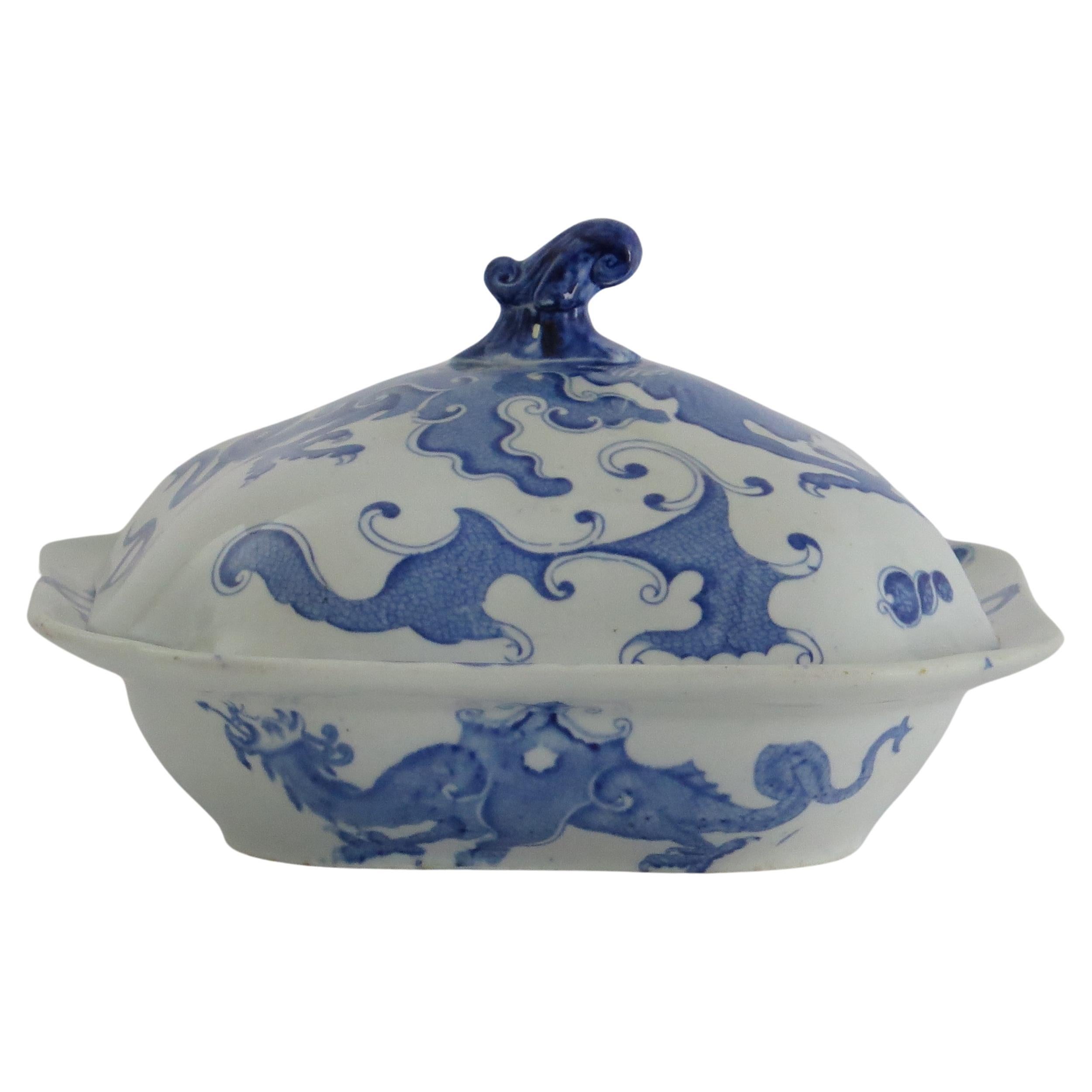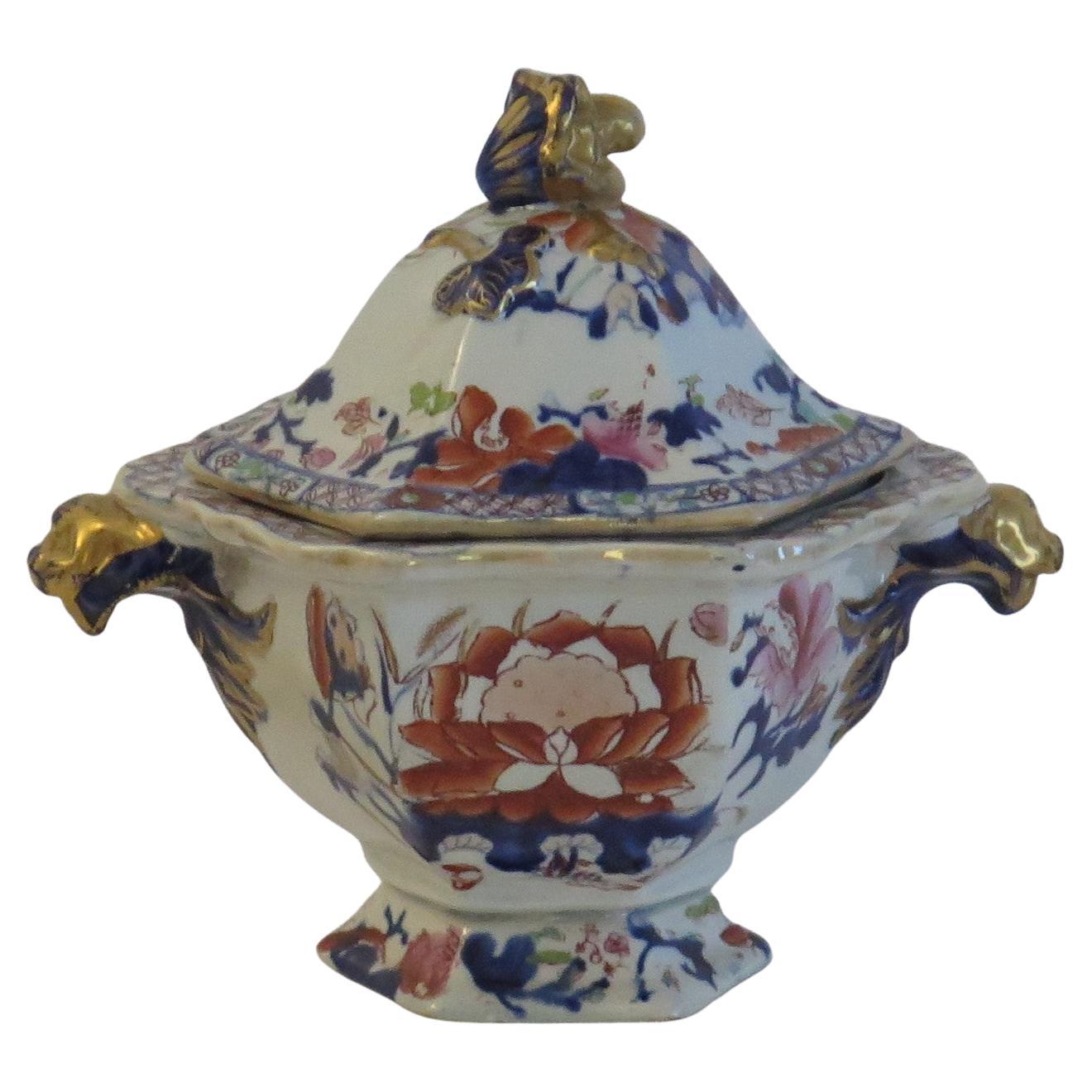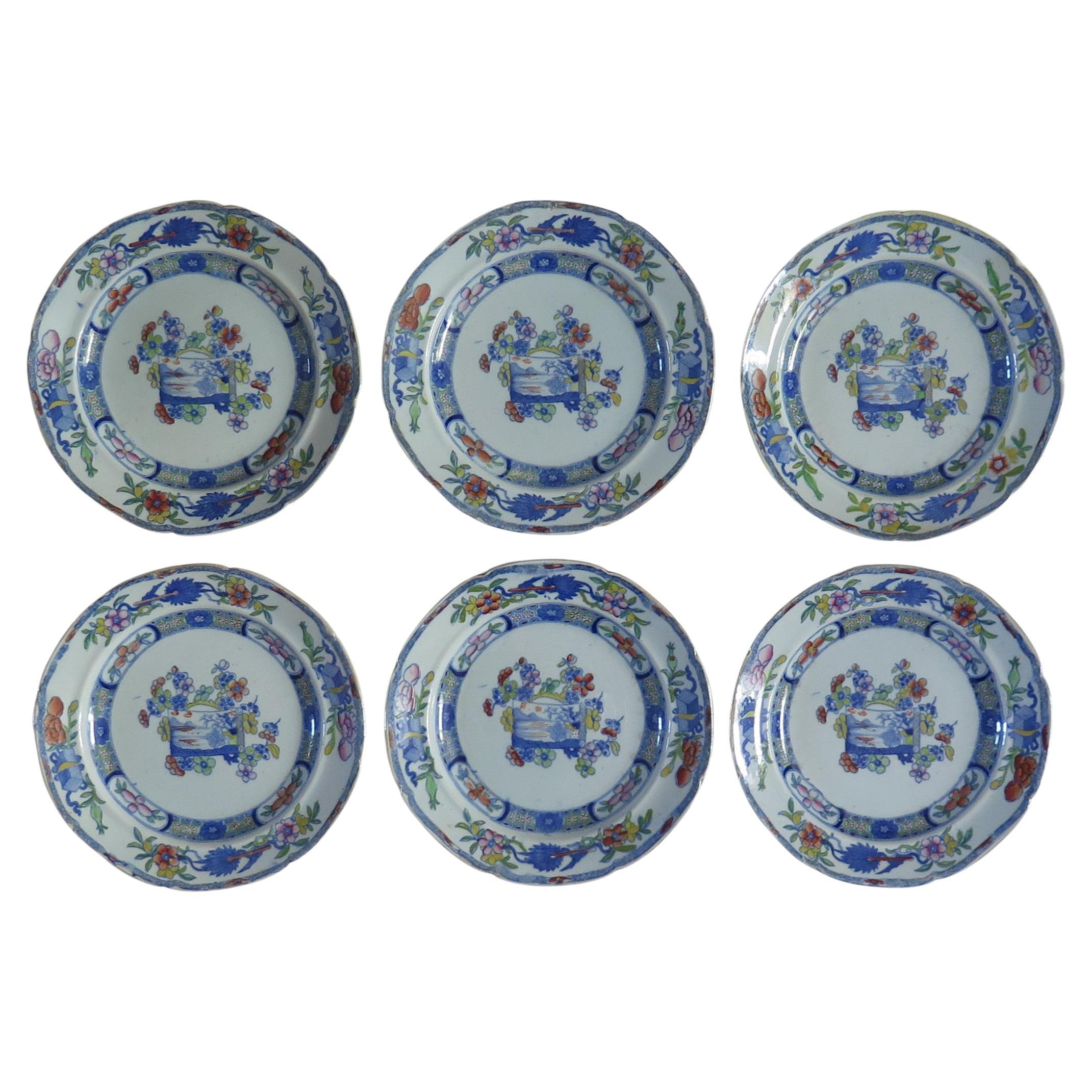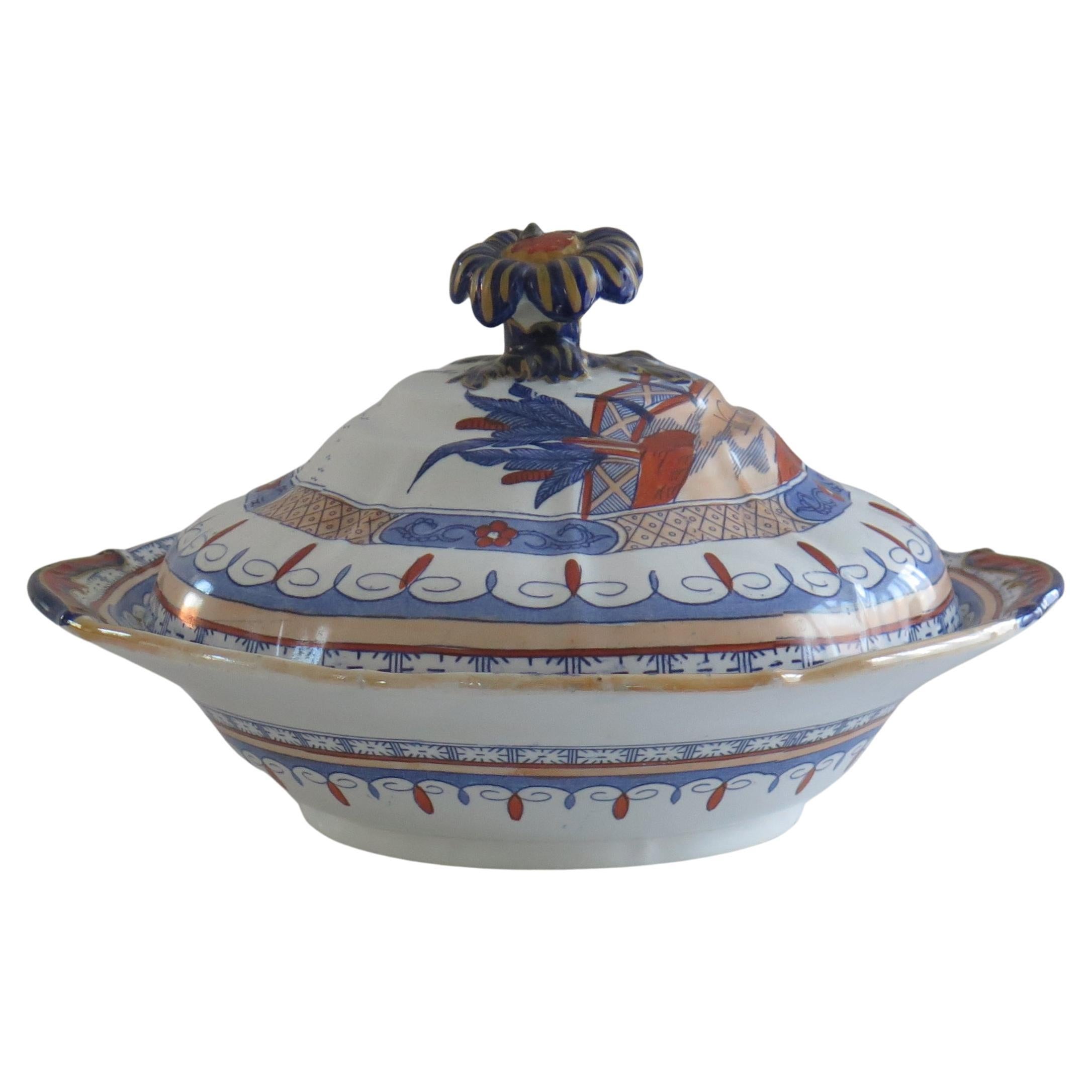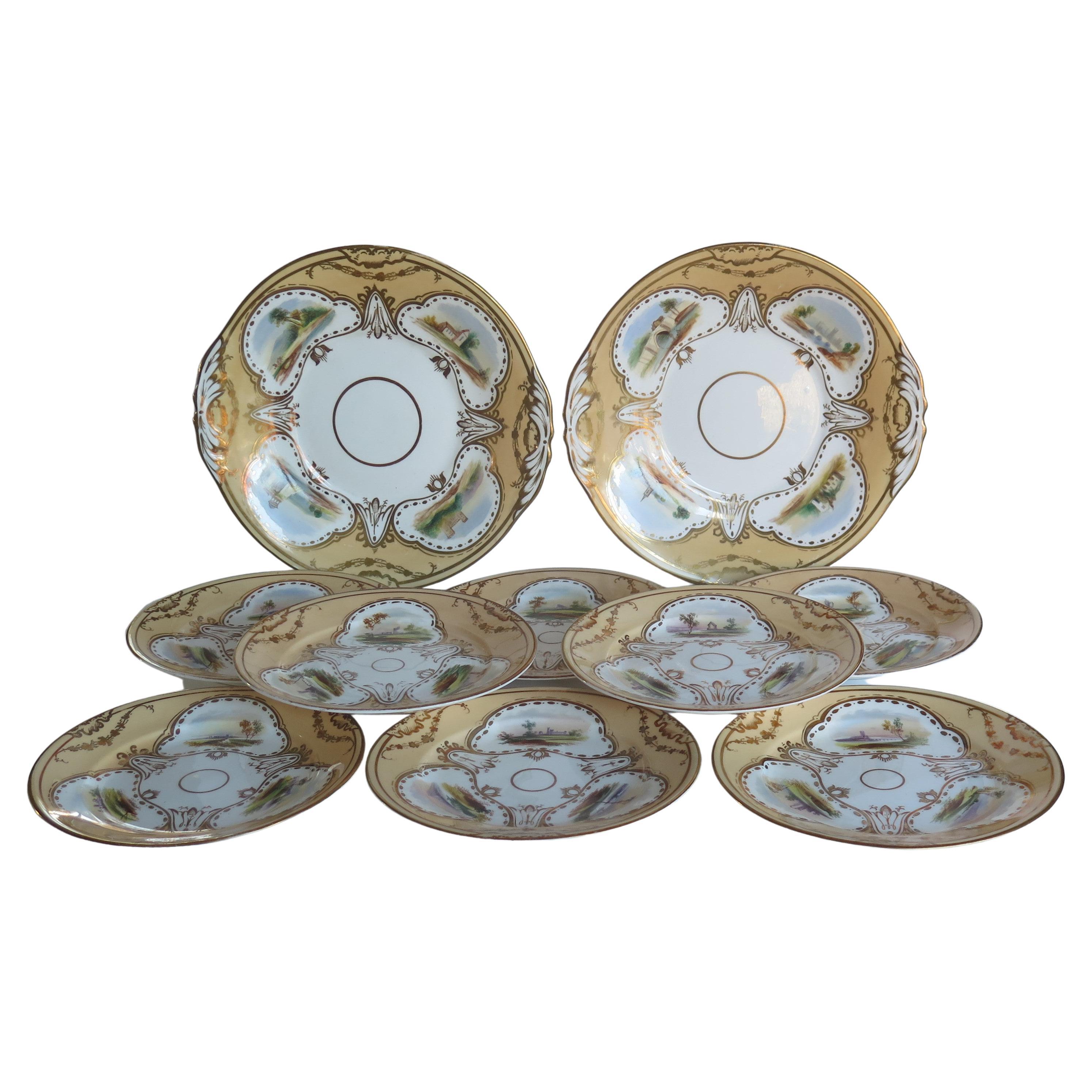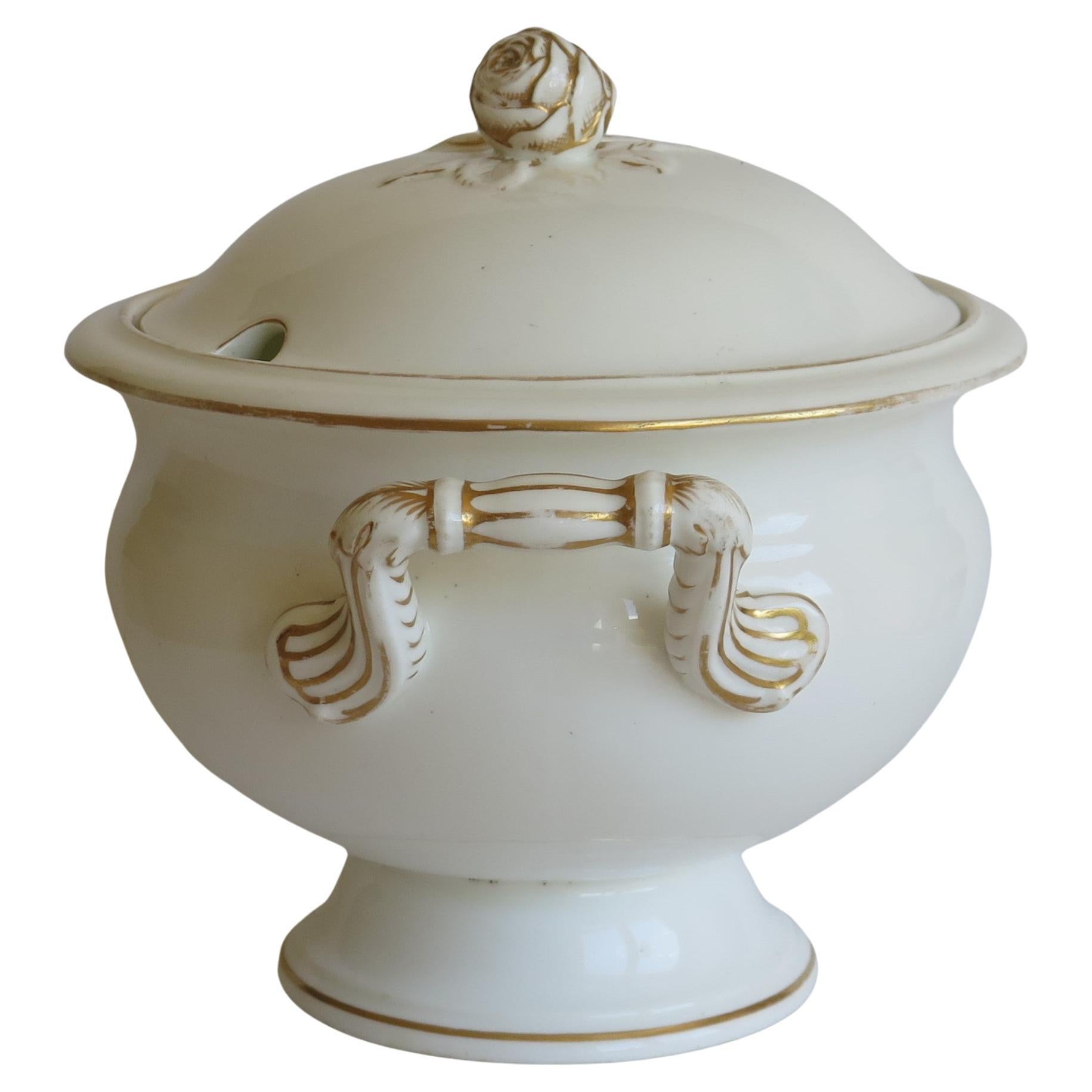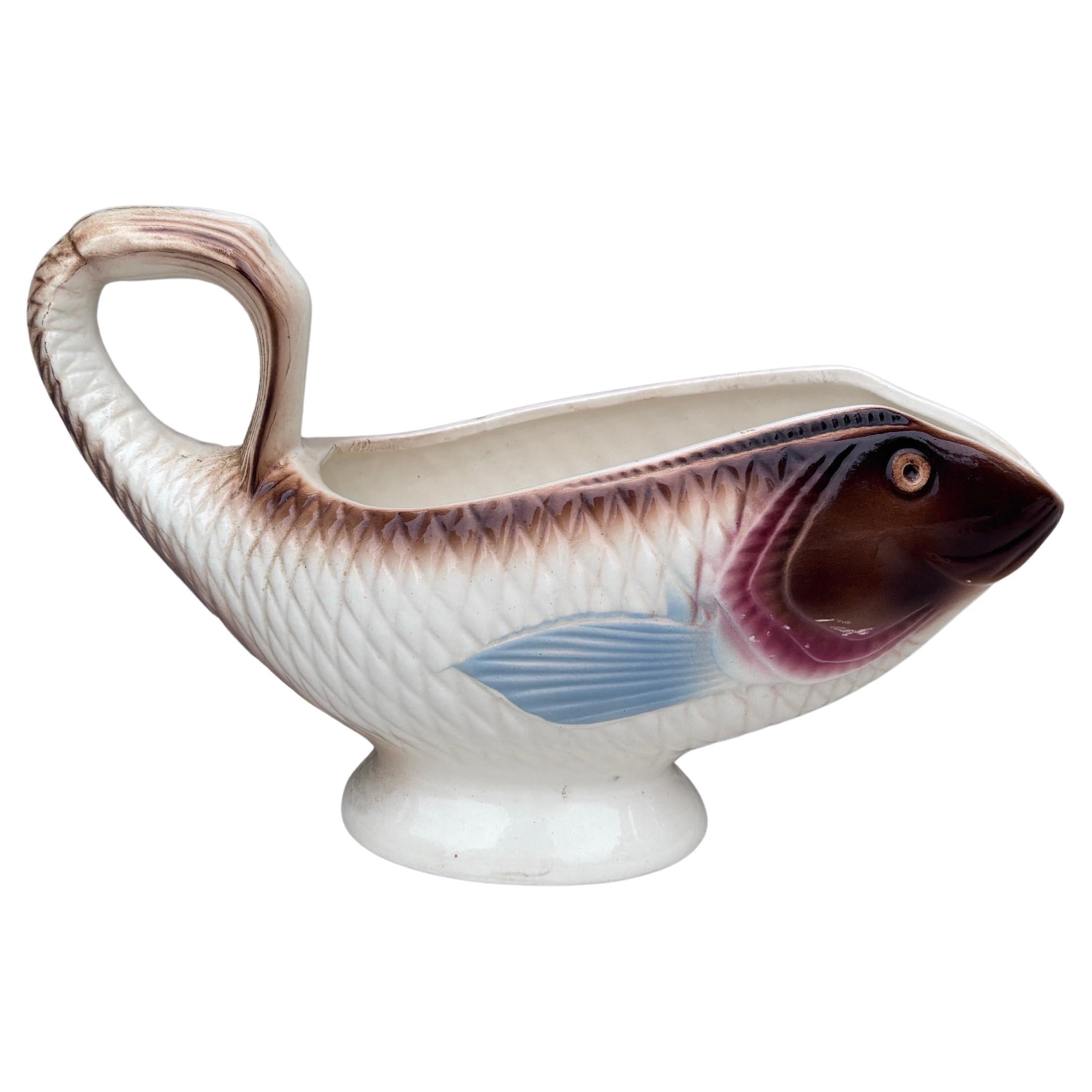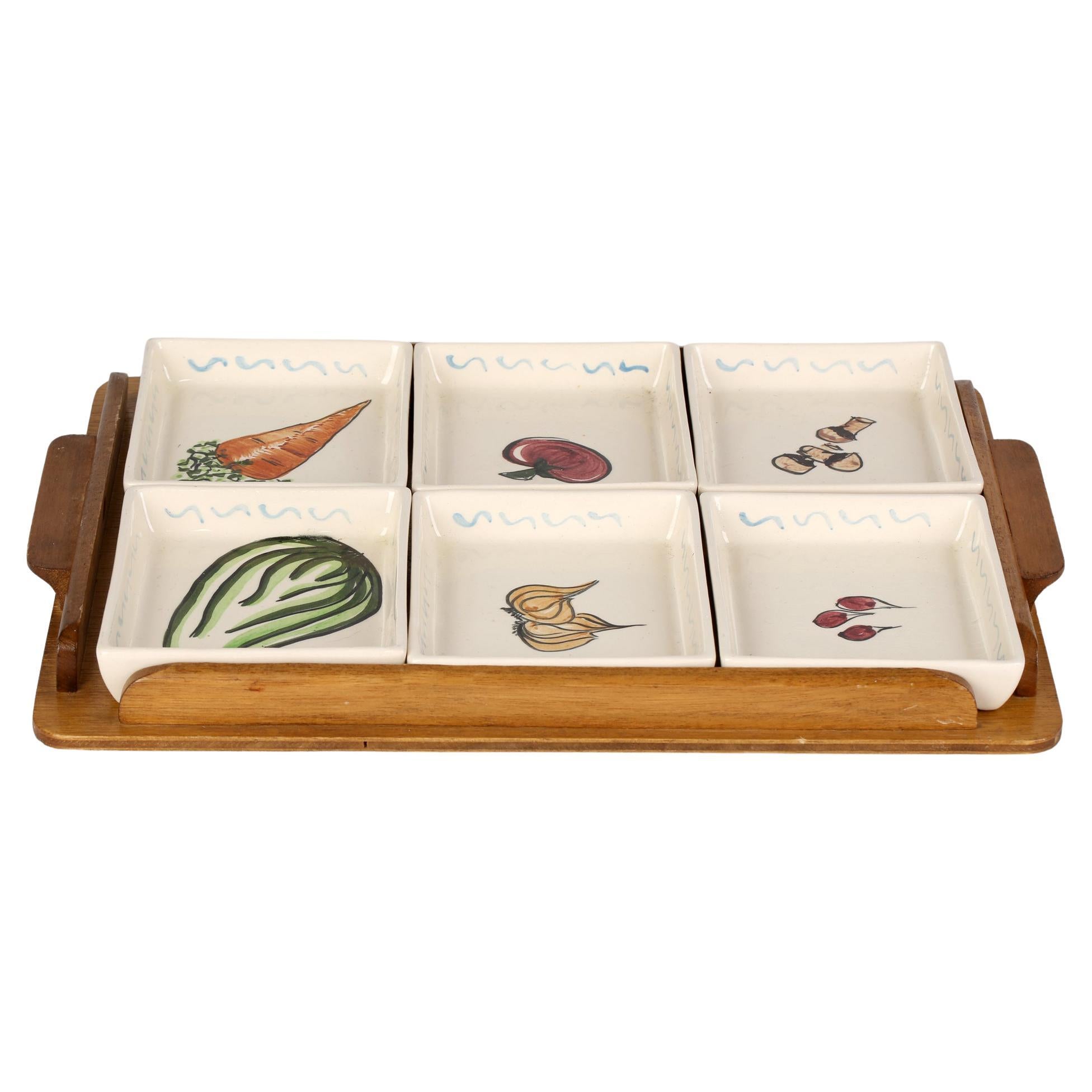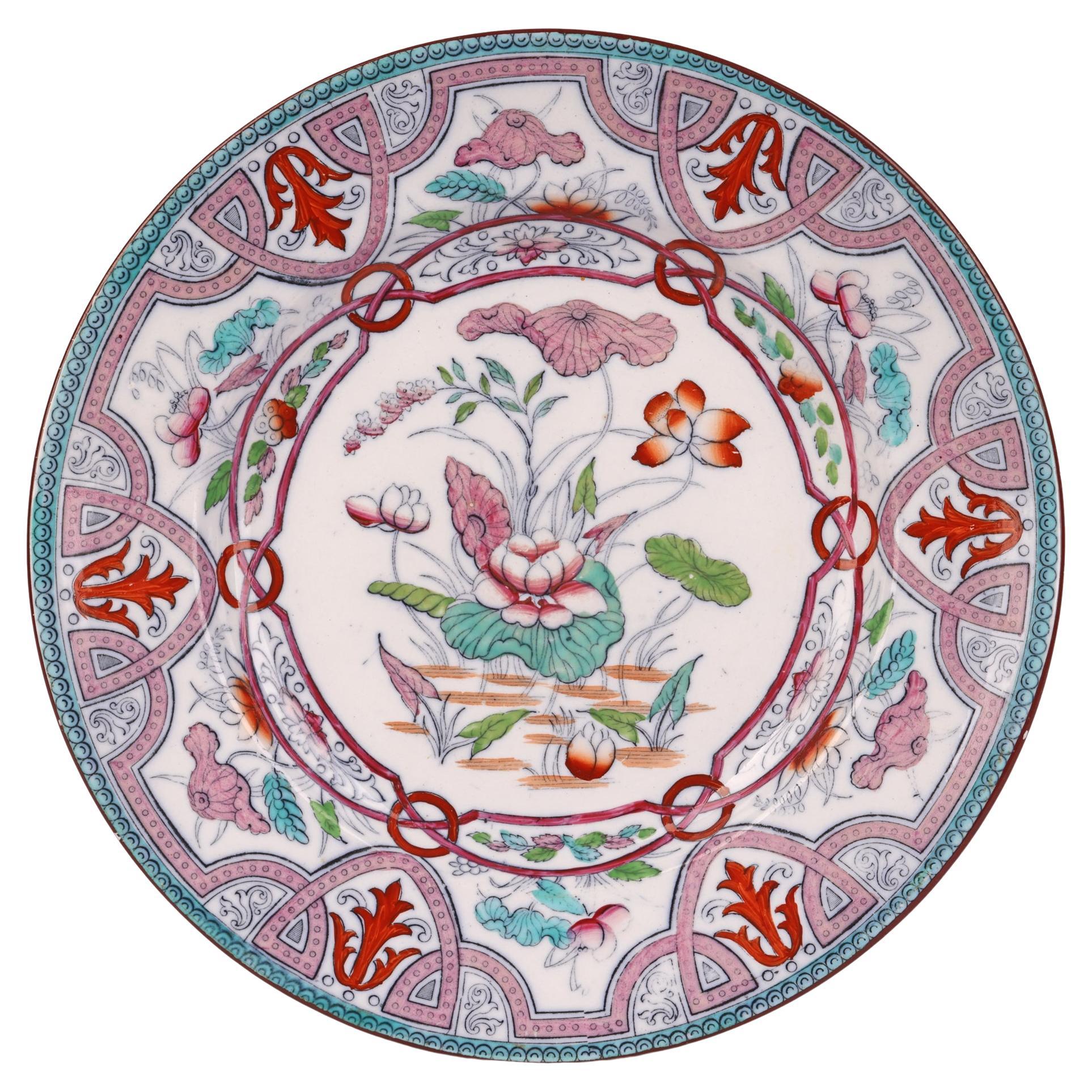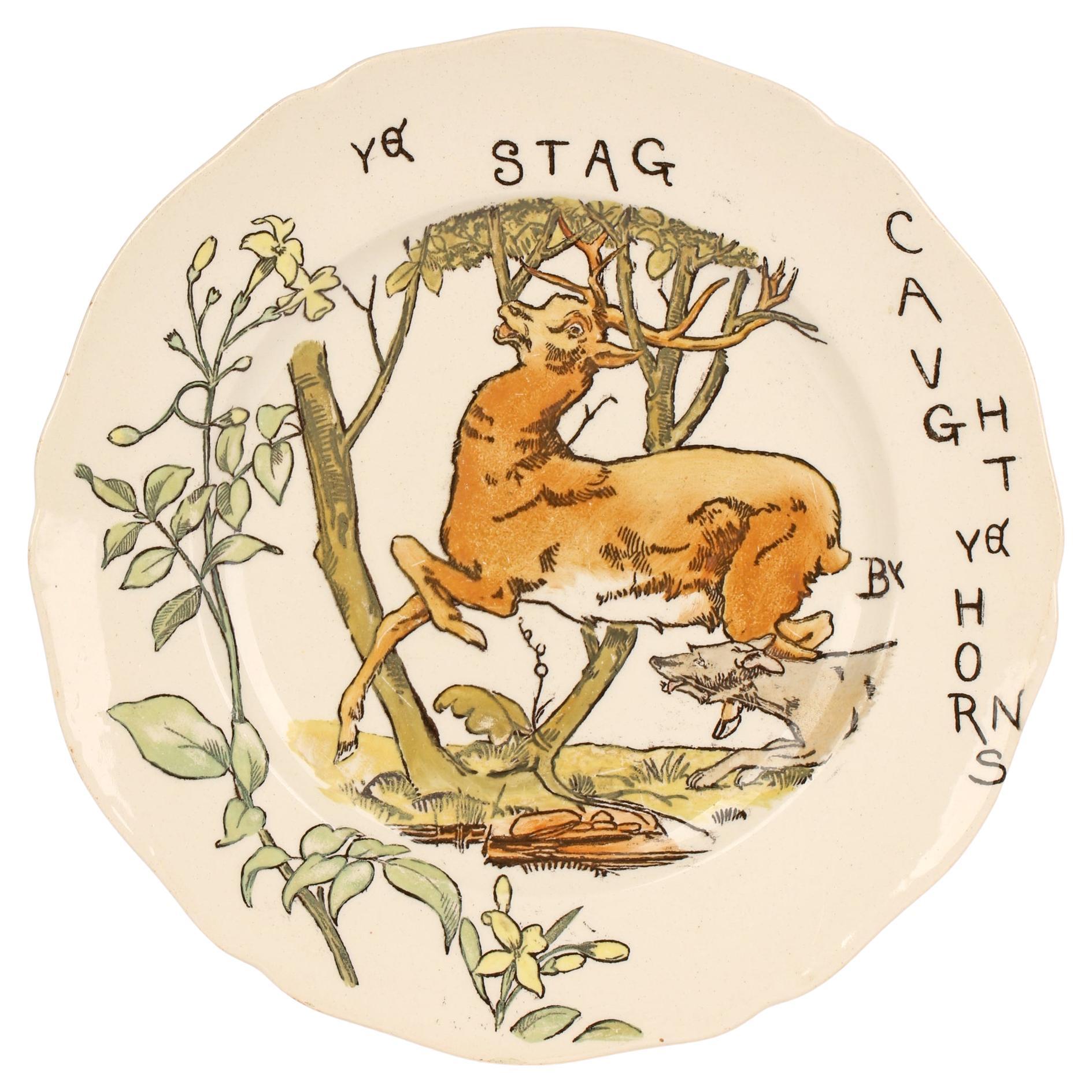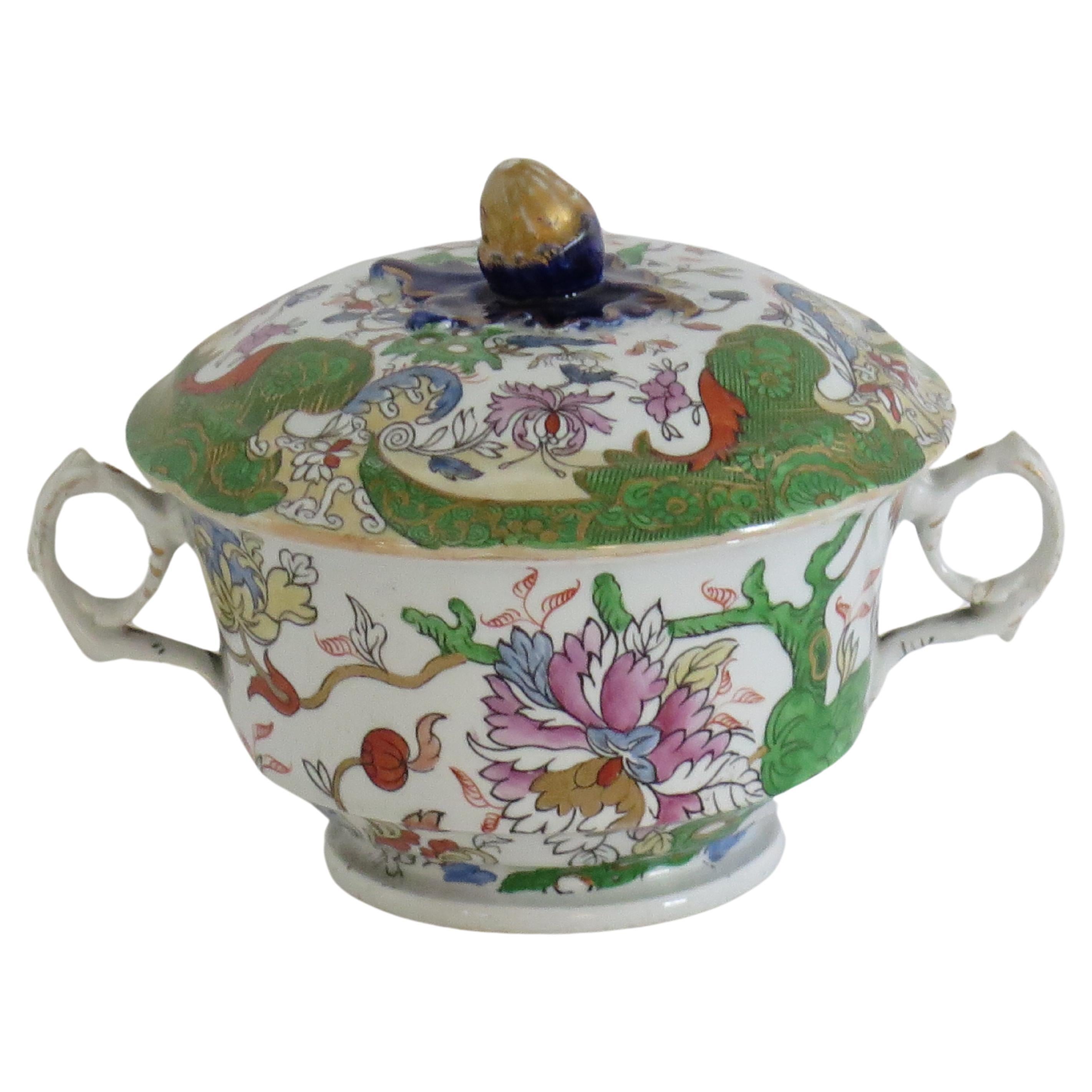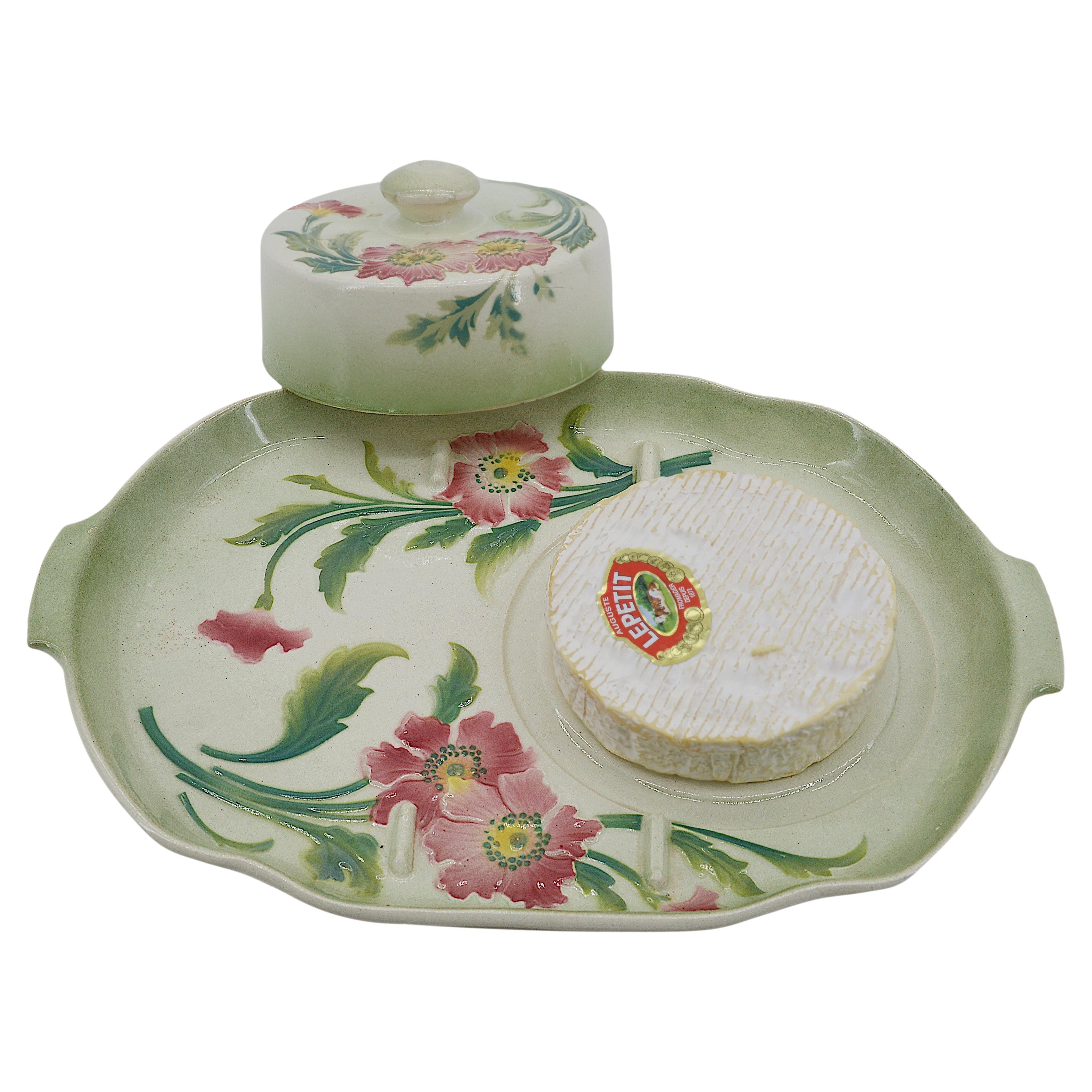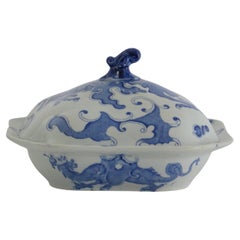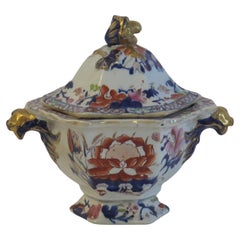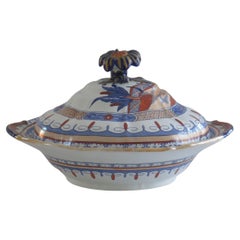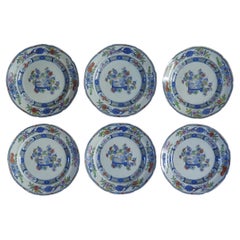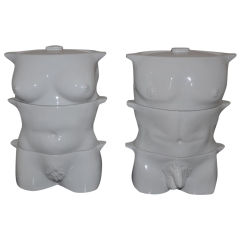
Fleshpots - Morris Rushton
View Similar Items
1 of 9
Fleshpots - Morris Rushton
$4,000List Price
About the Item
Authenticity Guarantee
In the unlikely event there’s an issue with an item’s authenticity, contact us within 1 year for a full refund. DetailsMoney-Back Guarantee
If your item is not as described, is damaged in transit, or does not arrive, contact us within 7 days for a full refund. Details24-Hour Cancellation
You have a 24-hour grace period in which to reconsider your purchase, with no questions asked.Vetted Professional Sellers
Our world-class sellers must adhere to strict standards for service and quality, maintaining the integrity of our listings.Price-Match Guarantee
If you find that a seller listed the same item for a lower price elsewhere, we’ll match it.Trusted Global Delivery
Our best-in-class carrier network provides specialized shipping options worldwide, including custom delivery.You May Also Like
Georgian Mason's Ironstone Serving Dish & Cover in Chinese Dragon Ptn, Ca 1818
By Mason's Ironstone
Located in Lincoln, Lincolnshire
This is a very decorative ironstone large square serving dish complete with lid or cover, made by Mason's of Lane Delph, Staffordshire, England, during the early part of the 19th cen...
Category
Antique Early 19th Century English Chinoiserie Ceramics
Materials
Ironstone
Georgian Masons Ironstone Sauce Tureen & Lid Gilded Water Lily Pattern, Ca 1820
By Mason's Ironstone
Located in Lincoln, Lincolnshire
This is a superb Ironstone Sauce Tureen, complete with lid , made by Mason's of Lane Delph, Staffordshire, England, during the early part of the 19th century, circa 1820.
This tureen is well potted and is hexagonal in shape with moulded animal head handles to the base and a flower head knob to the lid.
The pattern is called "Water Lily" and is a well known Mason's pattern, as illustrated on pages 136 in The Mason's collectors Club book " A Guide to Mason's patent Ironstone patterns, c 1813 to c 1848" . This particular piece is the gilded version of the pattern and has heavily applied hand gilded highlights. Tureens of the same shape and period are illustrated on Pages 145 and 155 of Godden's Guide to Mason's China and the Ironstone Wares published by the Antique Collectors' Club.
The pattern is beautifully hand painted over a printed pattern with bold enamels of Cobalt Blue, burnt orange, green, puce all in various shades with much additional hand gilding.
The pieces are unmarked as was often the case if the item had formed part of a large dinner or desert service...
Category
Antique Early 19th Century English Chinoiserie Ceramics
Materials
Ironstone
Mason's Ironstone Tureen & Cover Fence in Prunus & Plantain Pattern, Circa 1830
By Mason's Ironstone
Located in Lincoln, Lincolnshire
This is an Ironstone Tureen, complete with lid, made by Mason's of Lane Delph, Staffordshire, England, during the early part of the 19th century, circa 1825 to 1840.
This is a rare shape piece in a rare pattern.
This tureen and its lid are well potted in a circular shape with moulded handles to the base. The lid has a top knop or knob shapes as a flower head.
This is a listed pattern, probably printed initially, then hand painted. The pattern is called "Fence, prunus and Plantain" and is a detailed chinoiserie Mason's pattern, as illustrated on page 96 in The Mason's collectors Club book " A Guide to Mason's patent Ironstone patterns, circa 1813-circa 1848".
Both the base and the lid are marked with one of Mason's rarer recorded stating Fenton Stone Works...
Category
Antique Early 19th Century English William IV Ceramics
Materials
Ironstone
Georgian Set of SIX Masons Ironstone Desert Plates Scroll Landscape Ptn, Ca 1818
By Mason's Ironstone
Located in Lincoln, Lincolnshire
This is a very early and decorative set of SIX matching Mason's Ironstone Desert Plates, all in the Scroll Landscape and Prunus pattern and dating to th...
Category
Antique Early 19th Century English Chinoiserie Ceramics
Materials
Ironstone
Large 19th Century Porcelain Tureen Gilded Moulded Handles & Rose Knop to Lid
Located in Lincoln, Lincolnshire
This is a very good large Lidded Tureen, made of porcelain, which we date to the first half of the 19th century, circa 1830.
The tureen is well potted with a circular footed base ...
Category
Antique Early 19th Century French Ceramics
Materials
Porcelain
Set of TEN Desert Plates by Rockingham porcelain Hand Painted Scenes, Circa 1825
By Rockingham
Located in Lincoln, Lincolnshire
This is an early 19th century high quality porcelain Serving Set of two large serving plates plus 8 matching side plates, all hand painted with different scenes, which we attribute to Rockingham or another quality Staffordshire, English pottery and dating from the late Georgian Regency period, circa 1825 to 1835.
Dimensions;
2 x Large plates : 9.5 inches diameter, 8 x side plate : 6~7/8 inches diameter.
All pieces are beautifully hand painted with different landscape scenes of cathedrals, churches, castles, ruins, bridges etc, set in panels, against intricately gilded detailed decoration, within a lovely salmon ground colour.
Overall a beautifully hand painted, fine quality, early English...
Category
Antique Early 19th Century English Regency Ceramics
Materials
Porcelain
Recently Viewed
View AllMore Ways To Browse
Morris Rushton
Brass Salt Cellar
Copco Enamel
Dansk Bed
Dansk Peppermill
Joseph Heinrichs Copper
Quimper Fish Plate
Retro Ice Cream Scoop
Vintage Cane Knife
Vintage Cow Creamer Creamers
Wedgwood Cheese
Alessi Espresso
Alice In Wonderland Teapot
Antique French Cutting Boards
Faberge Silver Tray
Majolica George Jones Cheese
Majolica Salt Cellar
Majolica Sardine Box
